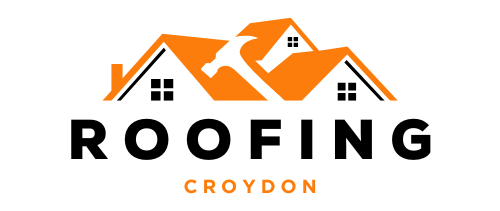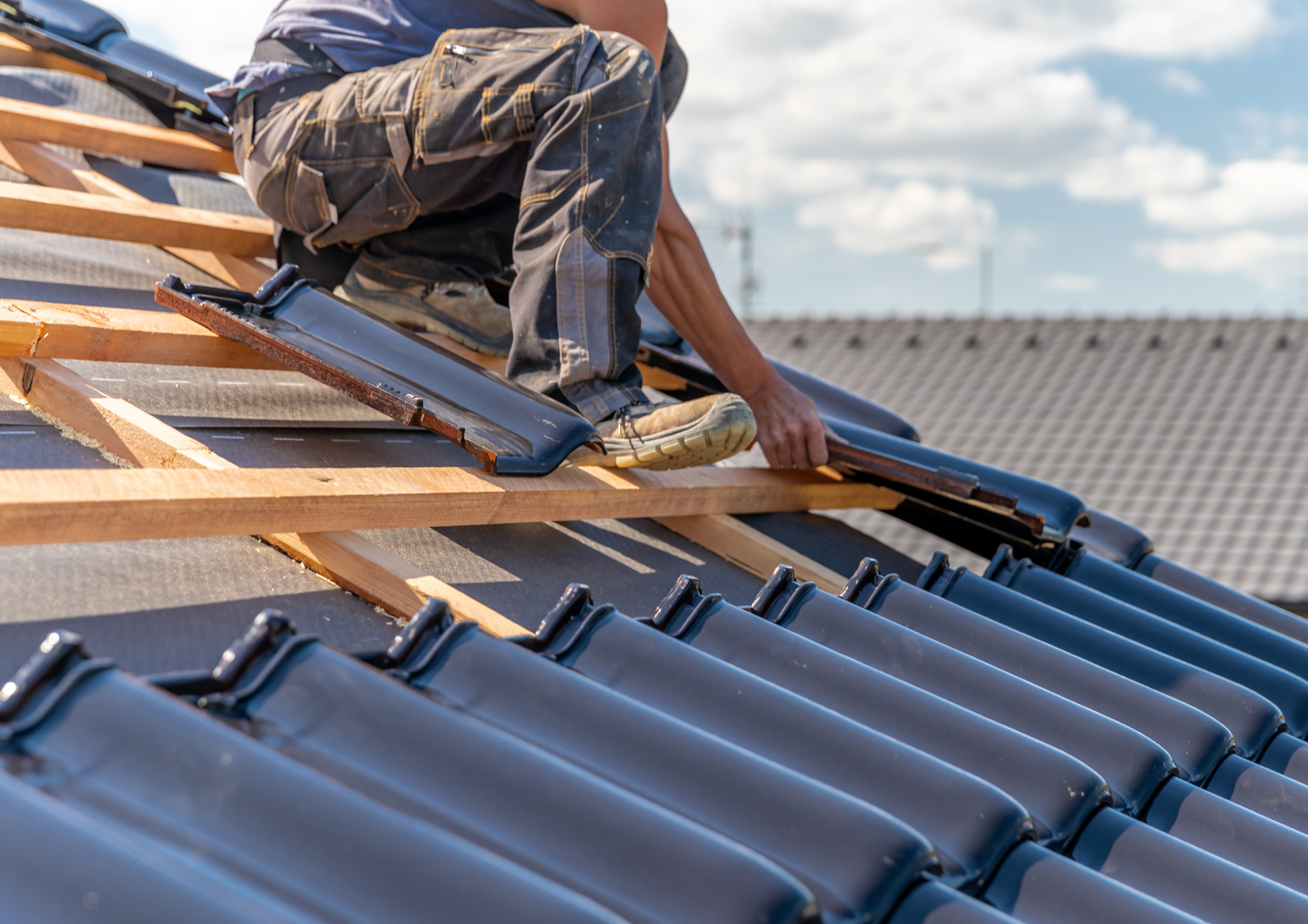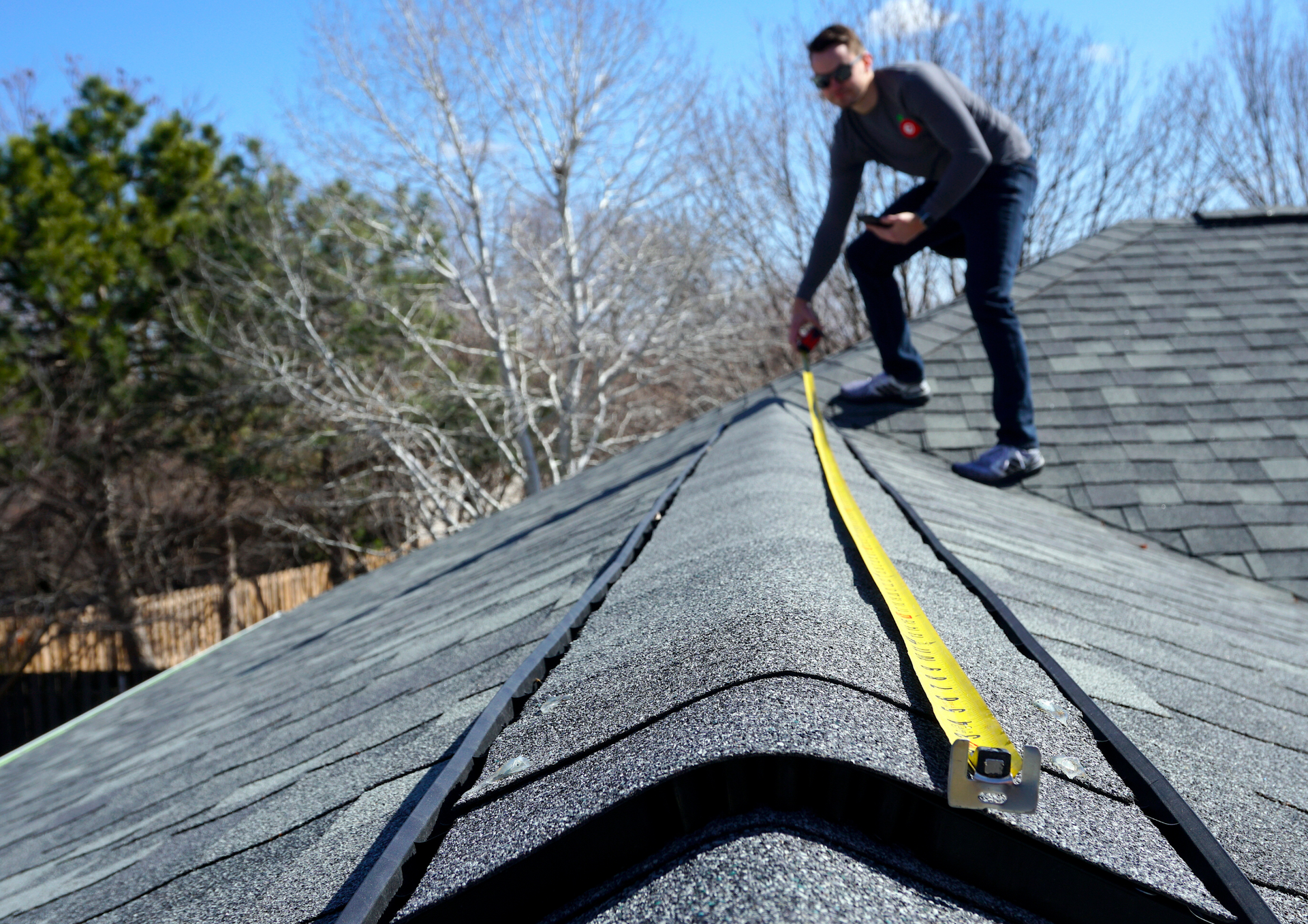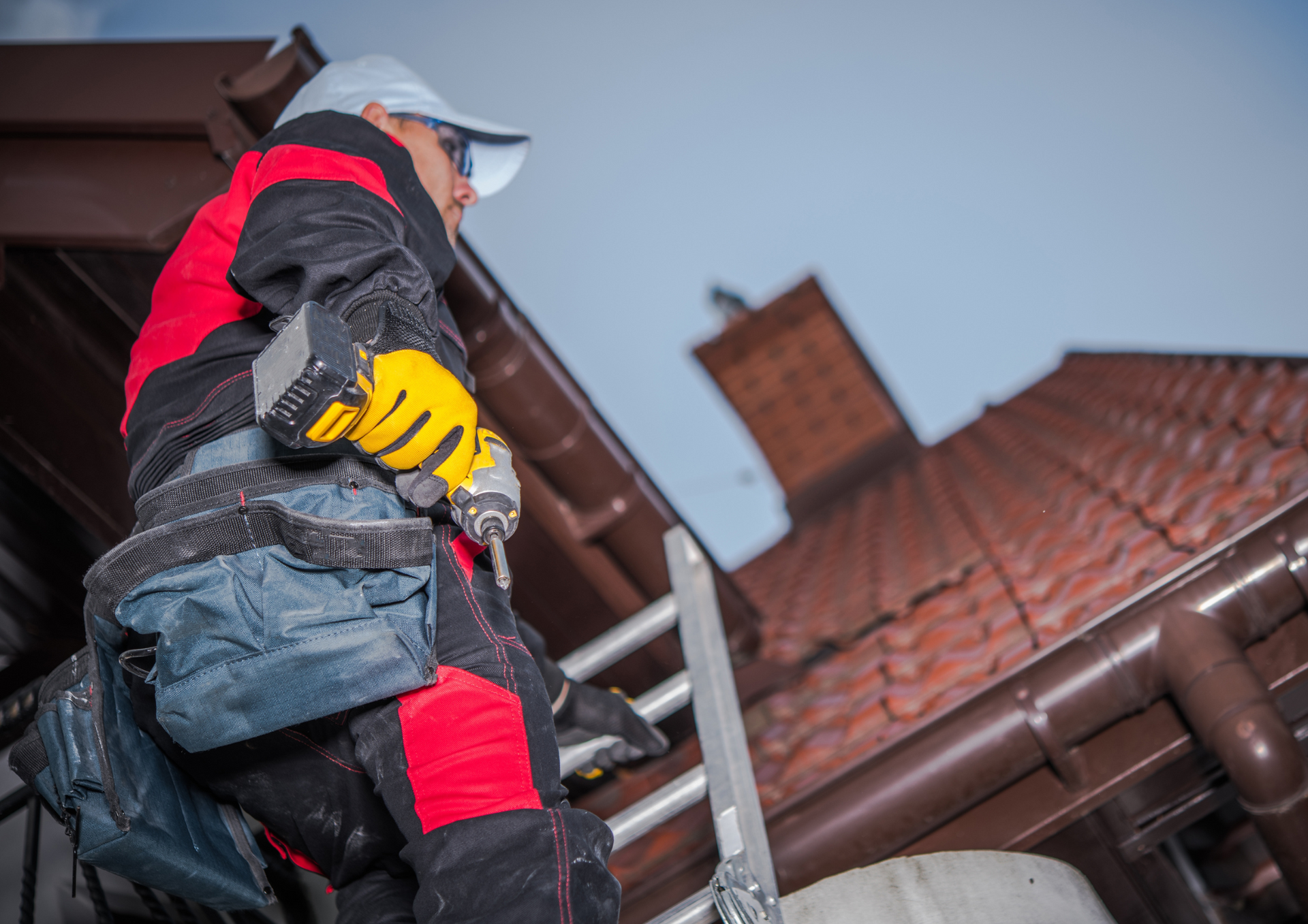What to Expect from a Roof Surveyor During an Inspection Visit
A professional roof surveyor plays a crucial role in identifying early signs of damage or deterioration in roofing systems. Whether for residential or commercial properties, a detailed roof inspection helps property owners, landlords, and local authorities stay ahead of costly repairs and ensure buildings remain safe and structurally sound. From assessing external wear to identifying internal moisture issues, a roof survey is essential to long-term property maintenance.
Key areas a roof surveyor checks during an inspection, why these checks matter, and how regular surveys can help protect your investment.
External Roof Condition and Structural Integrity
The most visible and often the most telling part of any inspection is the exterior roof surface. A roof surveyor will begin by checking the overall condition and structure of the roof, which involves examining tiles, slates, shingles, or other coverings for signs of weathering, damage, or displacement. Structural integrity is a top priority. If there are visible dips or warping in the roofline, this could indicate issues with the underlying timbers or even foundation problems. The surveyor will also look for any moss or vegetation growth, which can trap moisture and accelerate wear.
For those searching online for a
roof surveyor near me, it’s essential to choose a qualified local expert who understands regional roofing challenges — from storm damage to age-related wear typical of UK housing stock.
Flat Roofs: Specific Checks and Common Issues
Flat roof survey inspections are somewhat different from pitched roofs and require specific attention to drainage, material condition, and insulation. One of the main concerns with flat roofs is standing water. If water doesn’t drain correctly, it can pool and cause damage to the membrane or even leak into the building.
The surveyor will check for cracks or punctures in the waterproof layer, signs of blistering, and inspect the surrounding upstands and joints. Poor installation or ageing materials can lead to heat loss and damp issues inside the building. In commercial buildings especially, insulation under a flat roof is often checked to ensure compliance with modern standards.
Roof Tiling, Fixtures, and Guttering Systems
Another major focus of the inspection is the condition of roof tiling, fixtures, and roofline components. Missing, cracked or loose tiles are common causes of water ingress. These are particularly susceptible during winter months when freeze-thaw cycles can worsen small cracks and gaps. Beyond tiles, the surveyor will check flashing around chimneys, roof vents, skylights, and junctions. Flashing is vital to preventing leaks at vulnerable connection points. Similarly, fascia boards and soffits are inspected for signs of rot or insect damage, which can compromise both aesthetics and structural soundness. Guttering systems are reviewed to ensure they are free from blockages and securely fixed. Overflowing or poorly aligned gutters can lead to water damage on external walls and foundations — issues that are expensive to fix if ignored.
Interior Checks: Roof Leaks, Damp, and Insulation
A practical roof inspection doesn’t end outside. A comprehensive review continues within the loft or attic space. The roof surveyor will look for signs of damp, condensation, or staining on the underside of the roof, which can point to active leaks. Insulation is another important element. Poor or damaged insulation can result in unnecessary heat loss and higher energy bills. Surveyors often check for gaps in coverage or wet insulation, which loses its thermal performance and can contribute to mould growth.
In some cases, these findings may result in the recommendation of a
roof repair to address minor leaks or insulation issues. Addressing problems early can prevent them from escalating into more extensive and costly damage.
When Is Roof Replacement Necessary?
While many issues can be resolved through targeted repairs, there are times when a roof replacement becomes the more viable and long-term solution. This is particularly relevant for roofs that are over 25 years old, have suffered repeated repairs, or are showing widespread signs of material failure. If extensive deterioration is found during the survey, the surveyor will provide detailed recommendations and cost estimates. In such cases, replacing the roof enhances the building’s safety and adds to its overall property value.
A professional roof inspection offers peace of mind and practical insight into the health of a building’s structure. Whether you're a homeowner, landlord, or property manager, understanding what a surveyor checks can help you make informed decisions about maintenance and budgeting. From external wear to internal moisture signs, every part of the inspection has a purpose — ensuring your property remains safe, efficient, and weather-resistant.
At
Roofing Croydon, we’re committed to delivering honest, thorough, and professional roof inspections across both residential and commercial properties. Our local team has extensive experience with all types of roofing systems, ensuring every survey is tailored to the building’s structure and usage.
We understand the importance of trust and transparency. That’s why we provide clear reports, practical advice, and no-pressure recommendations. Whether it’s a routine check or you're concerned about specific issues, we’ll ensure you receive the right guidance — every time.
Latest post on X: Expecting a
roof survey? Here's a quick overview!




